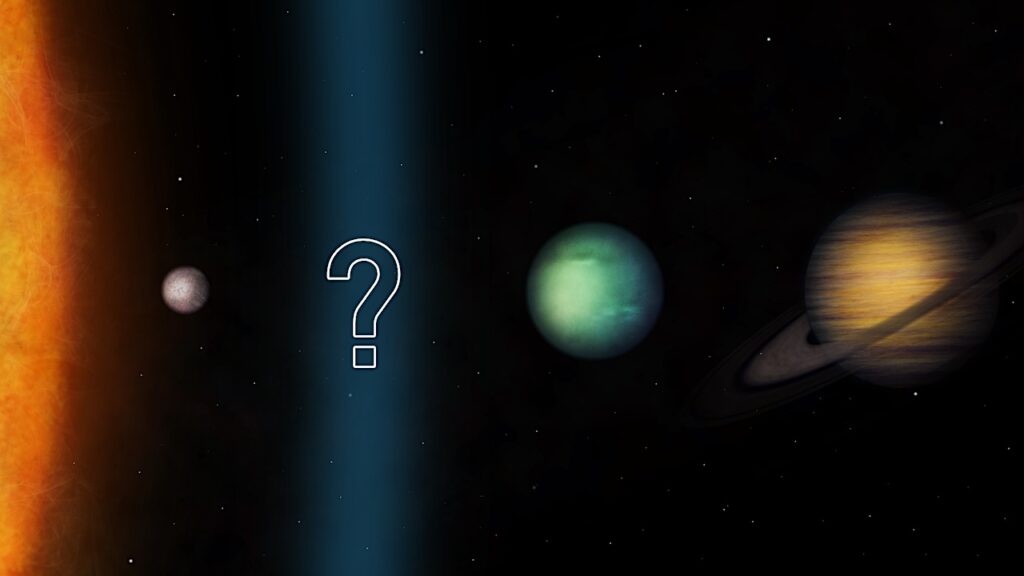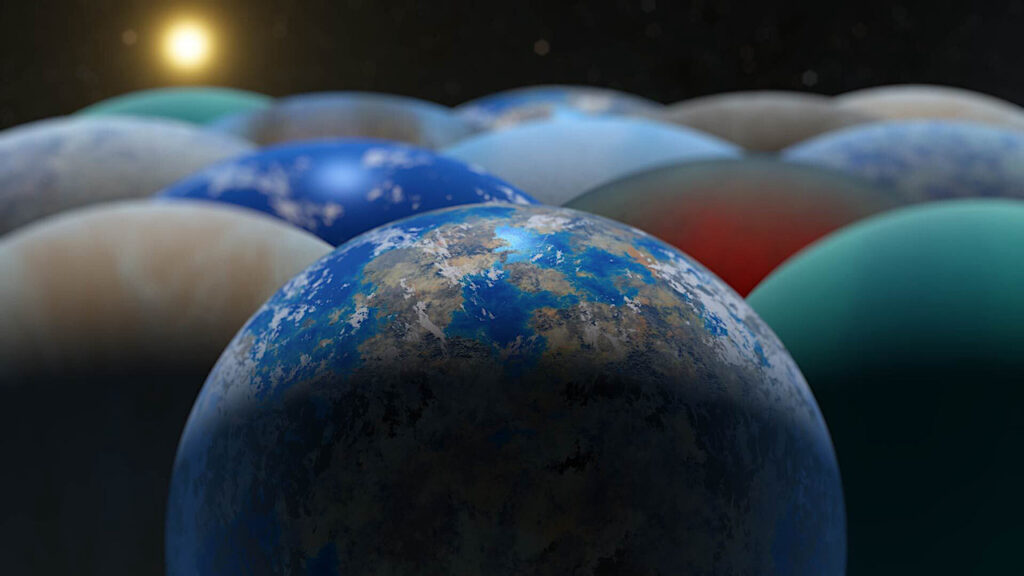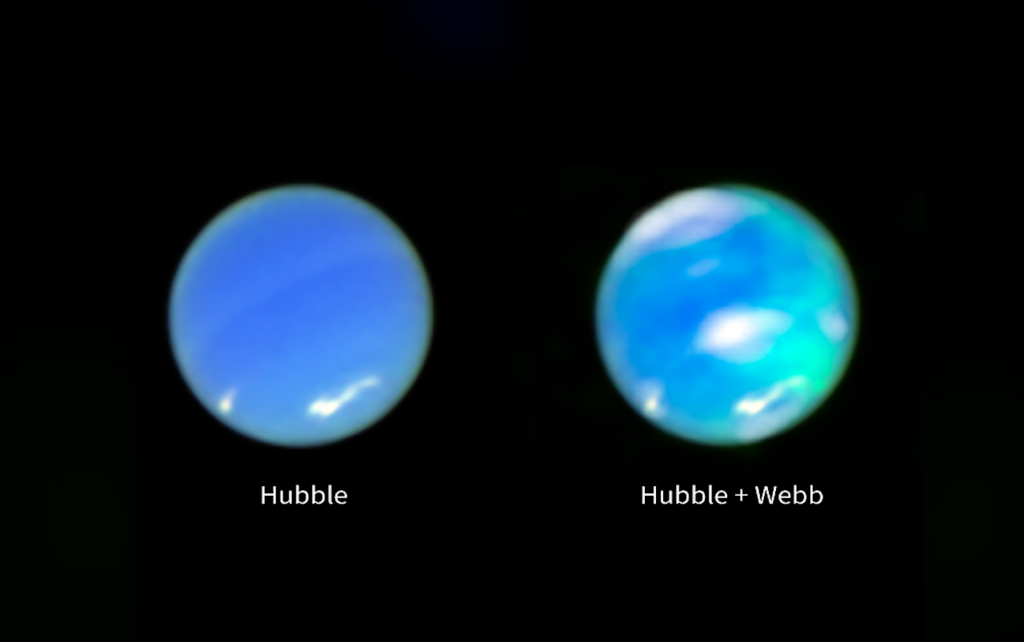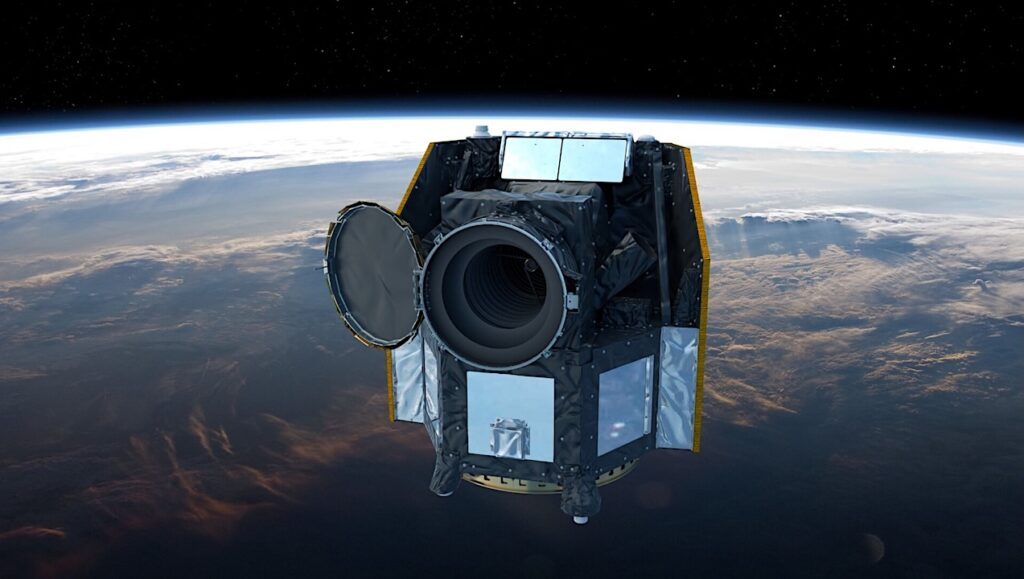Large-scale Structures In The Stellar Wind Of Fast-rotating Stars Spawned By The Presence Of Earth-like Planets
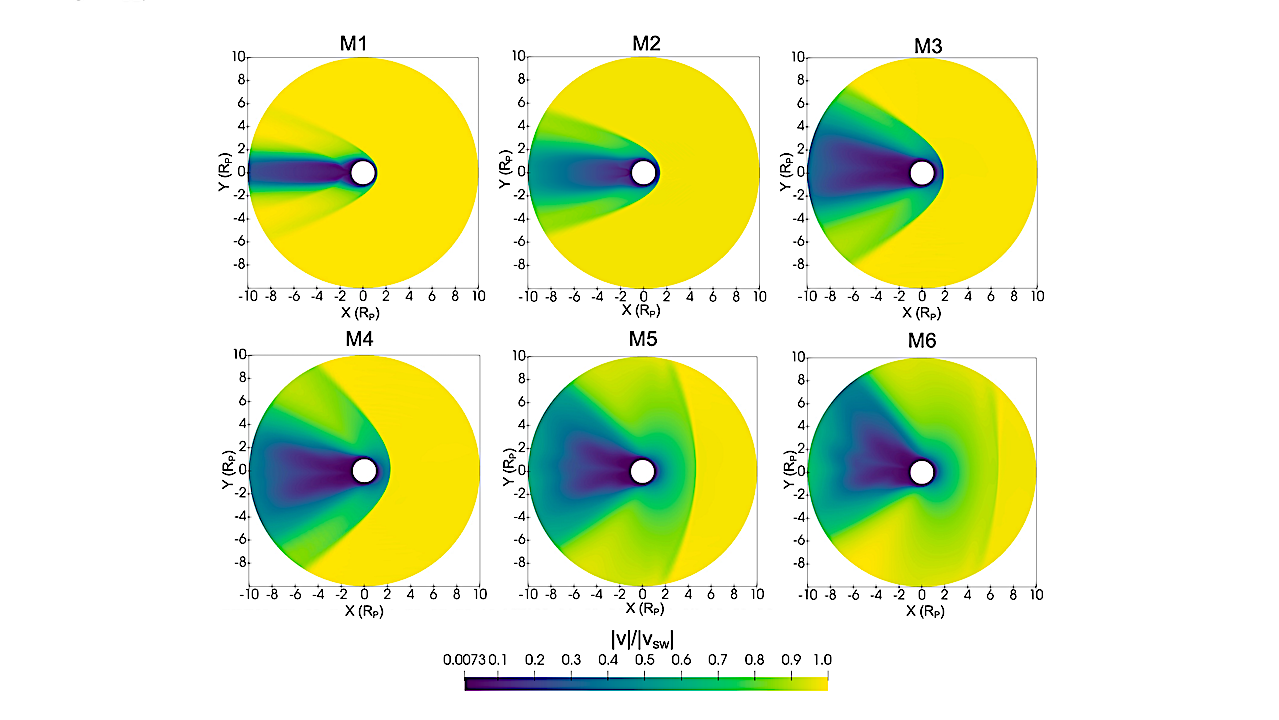
Forming planets around young, fast-rotating solar-like stars are exposed to an intense X-ray/extreme ultraviolet radiation field and strongly magnetized stellar winds, as a consequence of the high magnetic activity of these stars.
Under these conditions, Earth-like exoplanets may experience a rapid loss of their primordial hydrogen atmospheres, resulting in atmosphere-less rocky obstacles for the stellar winds. The interaction of stellar winds with those planets leads to the formation of potentially observable structures due to the formation of large-scale magnetic field and density disturbances in the vicinity of these planets, such as bow shocks, induced magnetospheres and comet-like tails.
In this work, we study the interaction between the stellar winds of active, fast-rotating solar-like stars in the superfast-magnetosonic regime with Earth-like, unmagnetized, tenuous atmosphere, planetary obstacles through numerical 3D simulations using the PLUTO magnetohydrodynamical code. The properties of AB Doradus, a nearby young star with a small rotation period (0.51 days) and a strong flaring activity, have been used to parameterize this early wind state. Bow shock and induced magnetosphere formation are characterized through the alfvénic Mach number MA of the wind, for different stellar wind configurations. Large bow shocks, up to an extension of ~7.0 planetary radii are found for low-MA winds. The general increase of density, temperature and magnetic field in these large-scale structures formed around planets may result in potentially detectable spectral signatures.
Ada Canet, Ana I. Gómez De Castro
Subjects: Earth and Planetary Astrophysics (astro-ph.EP); Solar and Stellar Astrophysics (astro-ph.SR)
Cite as: arXiv:2307.10766 [astro-ph.EP] (or arXiv:2307.10766v1 [astro-ph.EP] for this version)
Submission history
From: Ada Canet
[v1] Thu, 20 Jul 2023 10:54:07 UTC (3,429 KB)
https://arxiv.org/abs/2307.10766
Astrobiology


